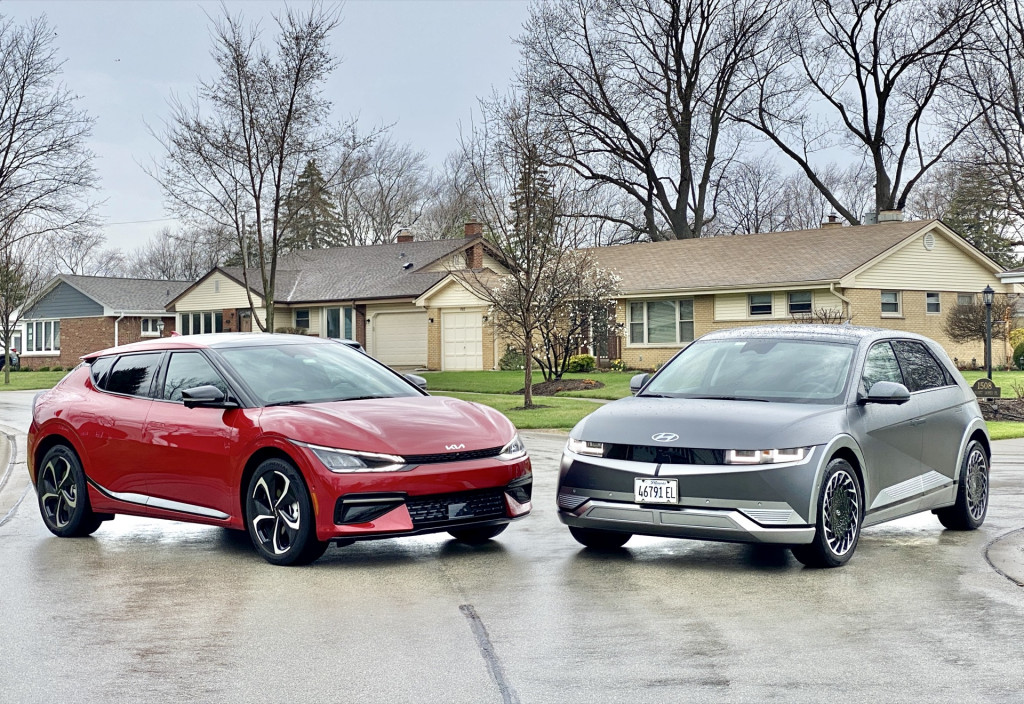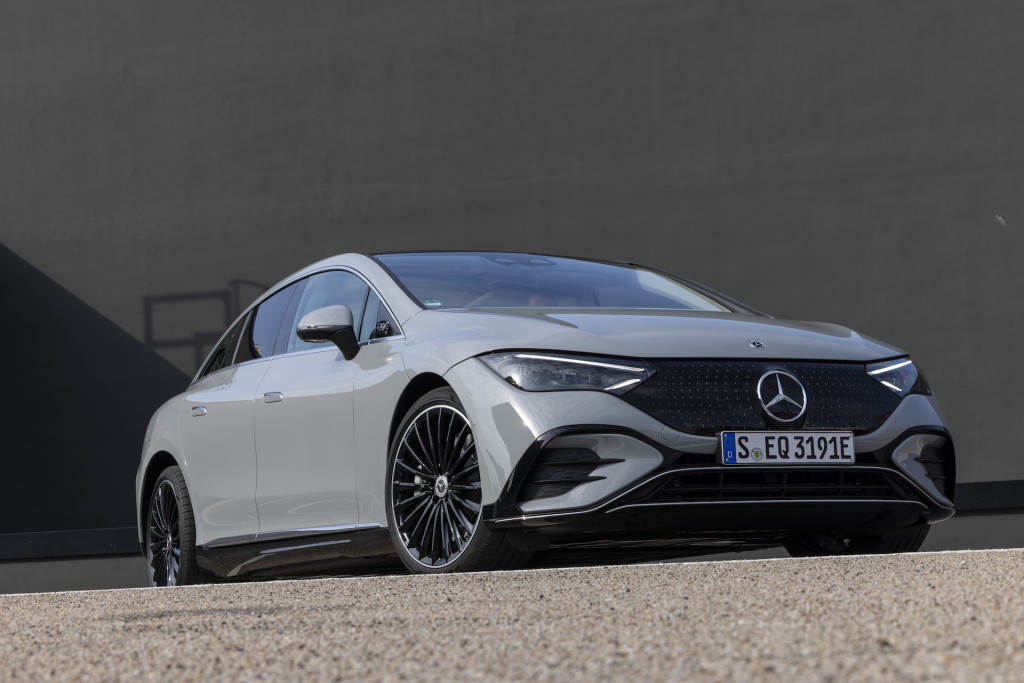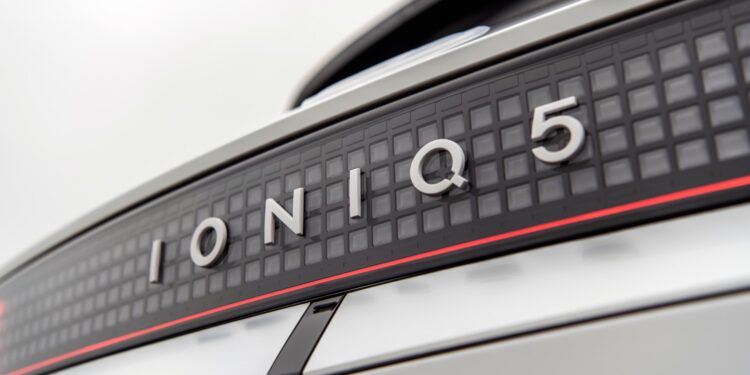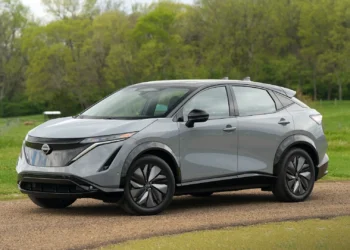Some EVs don’t illuminate their brake lights when using regenerative braking, Consumer Reports found in a recent test.
Regenerative braking allows drivers to decelerate (and momentarily charge the battery) without using the brake pedal, which can also mean that it is inconsistent with brake lights, CR found in a test of EVs from Genesis, Hyundai, Kia, and Mercedes-Benz.
Part of the problem is that when relying on stronger regenerative braking, otherwise known as one-pedal driving, drivers often keep light pressure on the accelerator pedal to smooth the transition between acceleration and deceleration, CR found. And some EVs won’t illuminate their brake lights unless the driver takes their foot completely off the accelerator.

2022 Kia EV6, red, and 2022 Hyundai Ioniq 5
Federal regulations also don’t cover brake-light use with regenerative braking. As CR notes, Federal Motor Vehicle Safety Standard (FMVSS) number 108, which covers brake lights, states that they must be activated upon application of the service brakes (i.e. the friction brakes), but does not require brake lights to be activated when the service brakes aren’t in use. It does not prohibit use of brake lights when the vehicle decelerates by other means, but it doesn’t require that either.
CR first noticed this issue in 2014 with a BMW i3 test car, but it cropped up again during tests of more recent EVs. Testers found that a 2022 Hyundai Ioniq 5 could be brought to a “near-complete stop” without the brake lights turning on, as long as the driver kept slight pressure on the accelerator pedal.
Testers saw the same results in EVs from other Hyundai-owned brands, including a 2023 Genesis GV60 and Electrified GV70, a 2022 Kia EV6, and a 2023 Kia Niro EV. Both the Ioniq 5 and Kia EV6 have comparable regenerative braking behavior—although they’re styled very differently. The Hyundai Ioniq 6 doesn’t appear to have exhibited the same behavior.

2023 Mercedes-Benz EQE 350+
Mercedes-Benz EQ models in Strong Recuperation mode (the highest level of regeneration) exhibited even odder behavior. As speed dropped to about 5 mph and the rate of deceleration decreased to provide a smoother stop, testers found that brake lights turned off, illuminating again after about 15 seconds. A Mercedes spokesperson quoted in the CR report said the brake lights in question complied with regulations, noting that lights aren’t required while the vehicle is stationary and the brake pedal is not depressed.
Functional regenerative braking was first used back in the 1960s in the American Motors Amitron, but didn’t become commonly used until hybrids and EVs became mainstream. Automakers still have different views on regenerative braking, with some opting out of strong regen, underscoring that it is less efficient than coasting in some situations and invites uneven driving.
Tesla vehicles never had extreme regenerative braking earlier on, and the BMW i3 was the first model Green Car Reports encountered with very aggressive regen that meant you could drive long distances without touching the brake pedal. That approach likely won’t go away. Automakers have even considered a future in which friction pads might be eliminated entirely.





